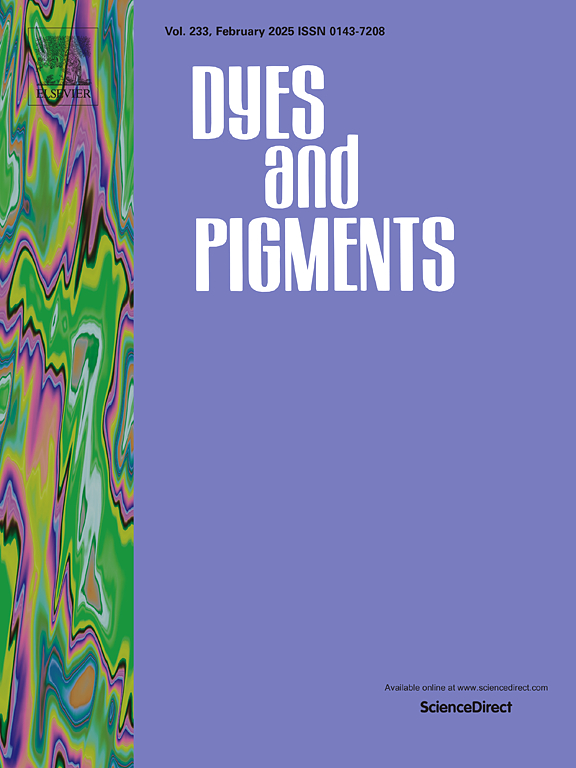Optimizing buried interface quality in inverted perovskite solar cells by modulating the spatial orientation of polymer hole transport materials using rigid copolymer units
IF 4.1
3区 工程技术
Q2 CHEMISTRY, APPLIED
引用次数: 0
Abstract
Optimizing the interfacial properties of functional layers is a critical strategy for enhancing the performance of inverted perovskite solar cells (PSCs). In this study, three phenothiazine-based polymer hole transport materials (HTMs) were designed and synthesized, utilizing fluorene, 9-fluorenone, and phenanthrenequinone as copolymer units, (PPTZ-FOM-0, PPTZ-FOM-1, and PPTZ-FOM-2, respectively). Notably, PPTZ-FOM-0 and PPTZ-FOM-1 exhibited helical spatial stacking. However, due to the high rigidity of the copolymer phenanthrenequinone, PPTZ-FOM-2 transitioned to a chain-like planar conformation, which enhanced the exposure of functional groups and heteroatoms. This transformation significantly improved the film surface flatness and wettability, resulting in a reduction of the film root-mean-square surface roughness (RMS) from 24.8 nm (PPTZ-FOM-0) to 18.3 nm and a reduction of the contact angle with the perovskite precursor solution from 60.6° (PPTZ-FOM-0) to 38.3°. These properties are advantageous for the crystal growth of the perovskite layer and effectively suppress non-radiative recombination at the interface, optimizing buried interface quality in inverted PSCs. Ultimately, the power conversion efficiency (PCE) of the PSCs device based on PPTZ-FOM-2 significantly increased from 15.3 % (PPTZ-FOM-0) to 17.3 %.

求助全文
约1分钟内获得全文
求助全文
来源期刊

Dyes and Pigments
工程技术-材料科学:纺织
CiteScore
8.20
自引率
13.30%
发文量
933
审稿时长
33 days
期刊介绍:
Dyes and Pigments covers the scientific and technical aspects of the chemistry and physics of dyes, pigments and their intermediates. Emphasis is placed on the properties of the colouring matters themselves rather than on their applications or the system in which they may be applied.
Thus the journal accepts research and review papers on the synthesis of dyes, pigments and intermediates, their physical or chemical properties, e.g. spectroscopic, surface, solution or solid state characteristics, the physical aspects of their preparation, e.g. precipitation, nucleation and growth, crystal formation, liquid crystalline characteristics, their photochemical, ecological or biological properties and the relationship between colour and chemical constitution. However, papers are considered which deal with the more fundamental aspects of colourant application and of the interactions of colourants with substrates or media.
The journal will interest a wide variety of workers in a range of disciplines whose work involves dyes, pigments and their intermediates, and provides a platform for investigators with common interests but diverse fields of activity such as cosmetics, reprographics, dye and pigment synthesis, medical research, polymers, etc.
 求助内容:
求助内容: 应助结果提醒方式:
应助结果提醒方式:


